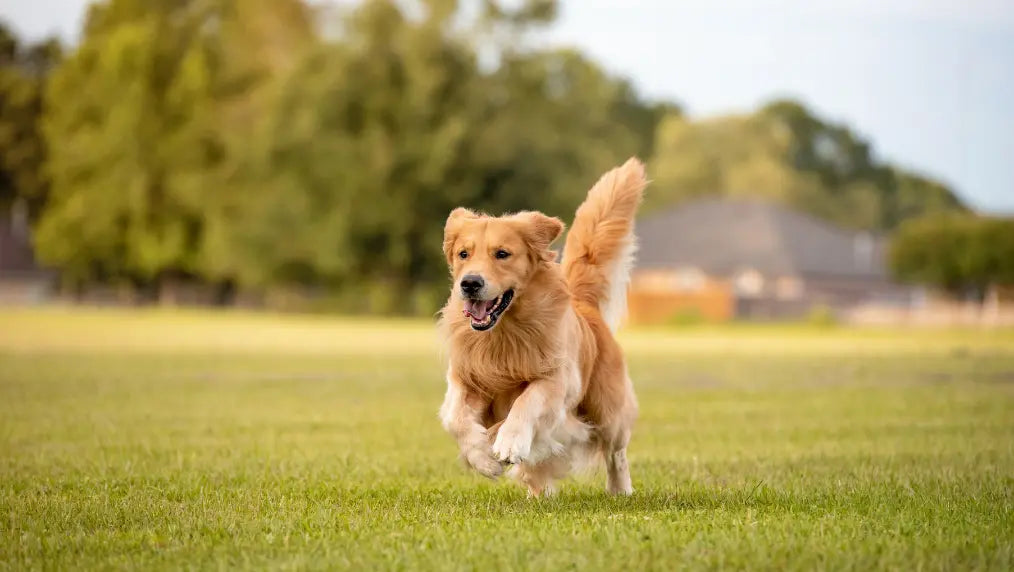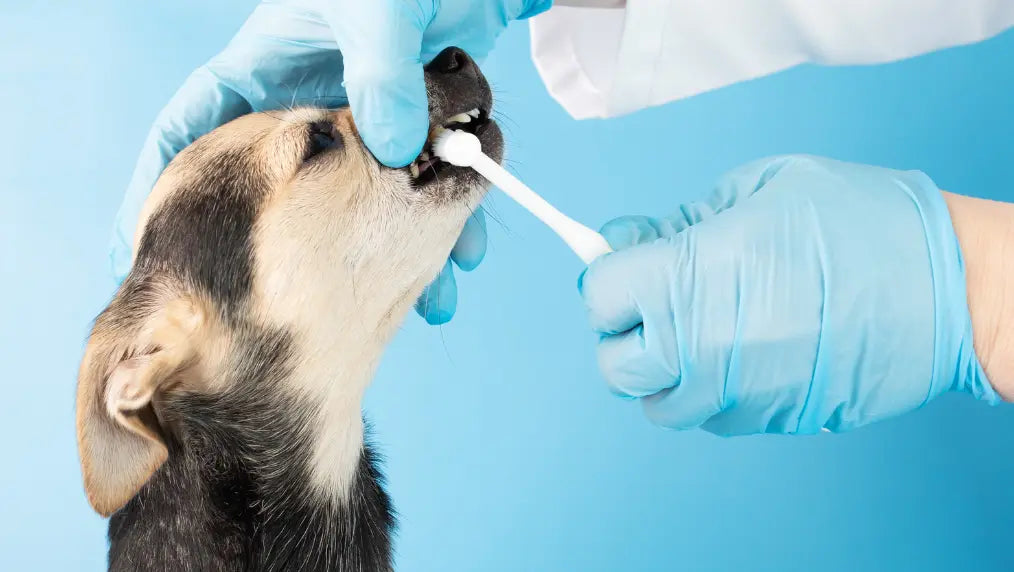Have you ever noticed those strange-looking lumps on your dog's skin? They're called skin tags. Canine skin tags aren't as common as human skin tags, but do occur occasionally . These can be a bit alarming, especially for new dog owners.
Dog skin tags are benign growths of the skin and can occur anywhere on a dog's body—in both thick-coated and thin-coated dogs. As they mature, they tend to become wispy and thin, but they can still grow in size. There is no need to worry but you should never hesitate to call your vet or send them a picture if you are concerned. There are steps you can take to get rid of your dog's skin tags. This article describes skin tags and the different steps you can follow to eradicate skin tags on dogs.
What is a dog's skin tag?

Skin tags are small, benign growths usually found on the neck, armpits, and groin. They're made up of collagen and blood vessels and can be unattractive and uncomfortable for your pet.
What causes skin tags on dogs?
Hormonal imbalance: This can happen when they're going through puberty or pregnancy.
Excessive grooming: Dogs with long hair may spend a lot of time getting groomed which can cause skin tags from the constant pulling and rubbing against dog's fur.
Injury: Dogs skin tags can be caused by an injury resulting in inflammation and tissue scarring. This causes excess tissue growth, forming a small lump or tag on the skin surface. These lumps tend to be painless but may become irritated by rubbing against clothing or other objects.
Exposure to chemical properties in the environment: Skin tags are also caused by exposure to pollution, pesticides, or other chemicals that can irritate the skin.
Poor nutrition: If your dog isn't getting enough nutrients from his food, he may develop skin tags due to vitamin deficiencies or other deficiencies that lead to poor health and the development of abnormal cells.
Sagging skin: This is one of the significant causes of skin tags in older dogs. As your dog ages or loses weight, the skin on his body may sag due to its lack of elasticity. The sagging skin can also rub against itself and create friction that leads to new tissue growths called skin tags.
Heredity and Genetics: Dogs with certain genetic conditions or breeds have a higher risk of developing skin tags around their face, eyes, or ears.

Should you remove skin tags on dogs?
You can get rid of skin tags on dogs in several ways, depending on the size and location of the tag. If your canine has large skin tags that are more noticeable, it's best to visit your veterinarian for treatment and get the skin tags removed. However, if your dog has a small skin tag that is not causing any discomfort or irritation, you may just want to leave it alone.
We Recommend
Removing skin tags on dogs at home, DON’T
Do not remove the skin tags from your dog at home! Go to the professional. These at-home procedures may be damaging to the dog’s health!
Surgical Removal
In some circumstances, a surgical operation is necessary to remove your dog's skin tags. In some instances the veterinarian may trim off a part of your dog skin tag and send it to the lab for a biopsy if more details are needed to confirm whether your dog skin tag is non-cancerous skin growth or a cancerous tumor.

Cryosurgery
Vets can use liquid nitrogen to freeze off the skin tag. This method is painless but can take several visits to complete and may not be as effective as other methods as it takes longer for the dead tissue to fall off.
Cauterization
Cauterization is a procedure that burns the skin tag off with heat. It should be done by a veterinarian with a special tool called a cautery pen. Cauterization can be painful and requires several visits to the vet, which can become expensive over time. Additionally, it may leave scars on your dog's body if it's not performed carefully.
Ligation
Ligation involves cutting off skin tags with small sutures or surgical thread. This is one of the most common ways to eliminate them because it doesn't involve any long-term consequences or risks like other methods. Ligation prevents skin tags from getting blood supply from the body and then slowly dies off over time without causing pain or discomfort for your pet.
Conclusion
Skin tags are fleshy growths that often appear on the neck and shoulders of our pets. They are considered benign growths, occasionally found in other areas such as the armpits, groin area, eyelids, and genital area. Although skin tags are not harmful to your dog, they can become a nuisance if they get in the way or result in skin infections.
If you spot any skin tags in these areas, it is recommended that you take your pup to the vet before it can become a problem, as it is easier to eliminate them early on than to deal with a skin tag that has grown large and become more invasive. To avoid cancerous skin tags on dogs, visit your vet for further testing to ensure your dog's skin tags are not cancerous tumors.
WHO IS PRIDE+GROOM?
PRIDE+GROOM was born because 4 New York City dog lovers wanted the same level of grooming products for their dogs that they themselves enjoyed. They looked (hard) but nothing was up to snuff. Or sniff. Like so many, we love our families and take pride in our homes, and we consider our pets to be integral parts of those entities. That said, we could not find an effective way to coif them that was on par with the way we tended to our children, our homes, or ourselves. These beloved pets are allowed on the furniture and in our beds, and yet even when fresh from the groomer, we knew they did not smell or feel as good as they could.
With the development of our coat-specific shampoos, conditioner and deodorizing spray, we think we found just the way to say thanks for being the best and the sweetest MVP of the house.PRIDE+GROOM is the first dog grooming brand launched under a beauty platform, with formulas made in a clean beauty and scent lab. We know beauty is not only skin deep. We did a ton of research to create the entire line. Each product is formulated with its own unique blend of essential oils sourced from around the world.
IN DOG WE TRUST
Shop our entire line: www.prideandgroom.com





